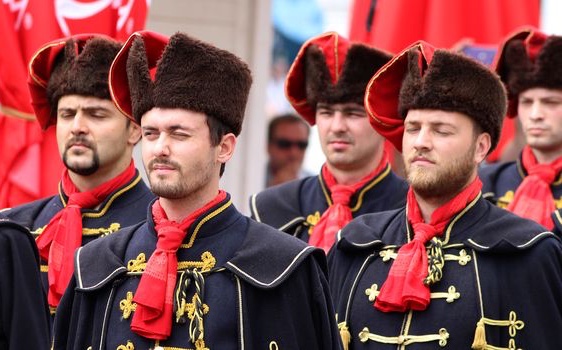Today marks the beginning of the uprising of Croatian anti-fascist Partisans against German and Italian occupying forces. On April 6th 1941, during the Second World War, the Wehrmacht (German armed forces) and their allies (Italy and Hungary) invaded the Kingdom of Yugoslavia.
Meeting little in the way of organised resistance, within 11 days the country was fully under Axis control. Despite this initial capitulation, it wasn’t long before the Yugoslavs started organising themselves and resistance movements started to emerge.
On June 22nd 1941 in the Brezovica woods outside Sisak in central Croatia, the First Sisak Partisan Detachment was formed. This was the first military unit formed by a resistance movement in occupied Europe. Of the 77 fighters who formed the first Partisan unit, 38 survived the war. Most of them were from the Sisak area and were mostly members of the Communist Party.
The anti-fascist movement in Croatia grew from this first detachment into a nationwide resistance in which more than 500,000 Croatian citizens actively participated, including 230,000 armed fighters and is considered to be the most effective resistance movement active during the war.
The Yugoslav Resistance was led by the Communist Party of Yugoslavia. Its commander was Marshal Josip Broz Tito, who went on to become the first president of Yugoslavia. After it gained independence from the Socialist Federal Republic of Yugoslavia, Croatia started observing Antifascist Struggle Day as a public holiday.
To mark Anti-Fascist Struggle Day, wreaths are laid at the monument to the detachment that stands in a memorial park in Brezovica on June 22nd. The commemoration is organised by the Croatian Alliance of Antifascist Fighters and Antifascists and the Sisak city authorities.
